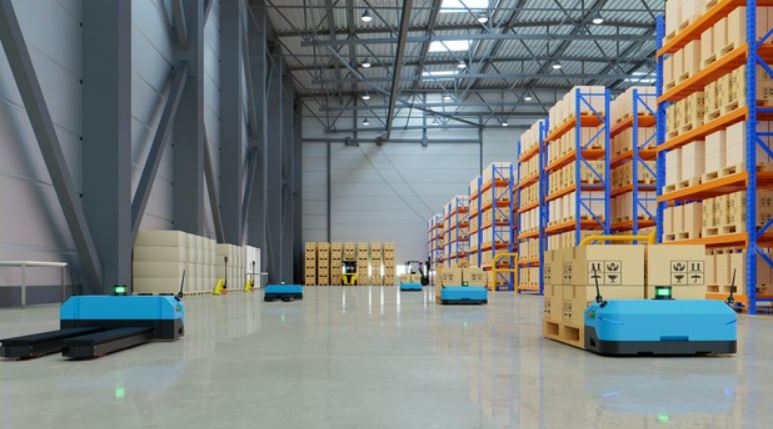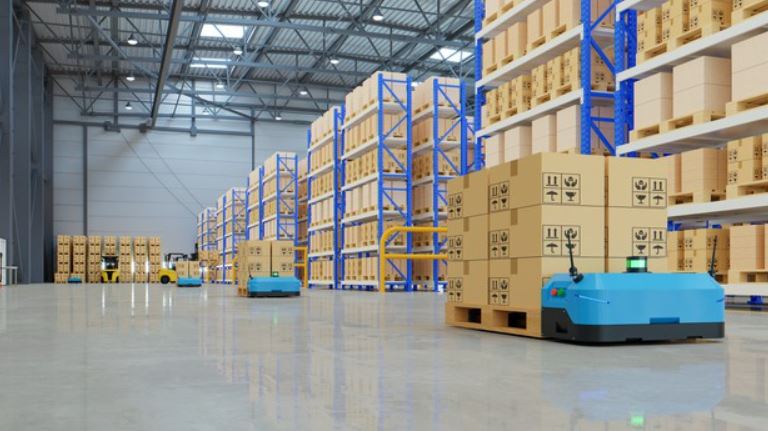Many small businesses are heavily based on shipping products to clients. As any proprietor of such an enterprise can attest, there are numerous factors for shipping-based small businesses to take into account. The type of merchandise being shipped, desired delivery windows, and shipping partner qualifications are just a few of the things these businesses have to regularly consider. As is the case with any business built around shipping, there are a number of seemingly minor errors that can result in client displeasure and loss of repeat patronage. So, if your enterprise is looking for effective ways to ensure client satisfaction, take care to avoid the following blunders.
Working with Unreliable Shipping Partners
When your small business is built around shipping, placing your trust in unreliable shipping partners is just about the worst thing you can do. In fairness, every shipping company is guaranteed to make the occasional blunder, but if damaged items, lost shipments or missed delivery windows are regular occurrences, you’d do well to take your business elsewhere. Any mistakes made by your shipping partners are liable to be visited upon you. When a client receives a damaged shipment or a shipment arrives well past its projected delivery date, most clients are going to expect answers from you, not the shipping company – even if the error in question is explicitly their fault.
In the interest of avoiding such uncomfortable situations and ensuring client satisfaction, avoid working with shipping partners who have routinely proven themselves undeserving of your trust. Even if you have a longstanding relationship with specific partners, don’t be afraid to take your business elsewhere if their lack of professionalism has negatively impacted your financial bottom line. When searching for shipping partners you can trust, look for companies that possess solid reputations and are experienced in handling the types of items your enterprise specializes in.
Making Promises That Can’t Be Kept
Overpromising is never a good idea – be it in business or any other area of life. Promising more than you can deliver is practically guaranteed to result in dashed expectations, which can quickly destroy even the most robust of professional relationships. Unfortunately, when making a play for new clients, many small business owners won’t hesitate to promise the moon if it means winning over new patrons. While overpromising may seem like a sound strategy at the moment, it almost never pays off long-term.
To avoid the undesirable consequences associated with overpromising, never commit to delivery timelines you know you and your shipping partners can’t meet. Doing so may entice a few new clients, but these individuals are unlikely to become repeat customers when you invariably fail to deliver on your boasts.
Failing to Make Special Arrangements for Delicate Cargo
Depending on the types of products your small business regularly ships, some special arrangements may need to be made. For instance, certain items – i.e., food – are highly sensitive to warm temperatures. As such, items of this type often need to be placed in specialized shipping containers and/or protected by cooling packs. To ensure that you, your clients, and shipping partners have a solid idea of the kinds of temperatures a shipment has endured throughout its journey, employ the aid of a good temperature indicator.
Similarly, if any of the items you ship are exceptionally fragile in nature, impact, and shock recorders are likely to prove a worthwhile investment. As the name suggests, these helpful tools serve to provide a detailed accounting of the various impacts and shocks a shipment experiences while en route to its destination. Keep in mind that the fewer precautions you take with delicate cargo, the more likely it is to incur damage or become outright broken while in transit. Needless to say, failure to make special arrangements for such items commonly draws the ire of any clients who receive damaged shipments.
When your business is built around shipping products to assorted clients, mistakes should be few and far between. Even if certain blunders aren’t explicitly the fault of your enterprise, many clients will expect you to bear the brunt of the responsibility. While expecting to never make mistakes is unrealistic, there are a number of simple steps you can take to minimize them. If you want to keep clients happy and coming back for the foreseeable future, steer clear of the blunders discussed above.
Read Also:























